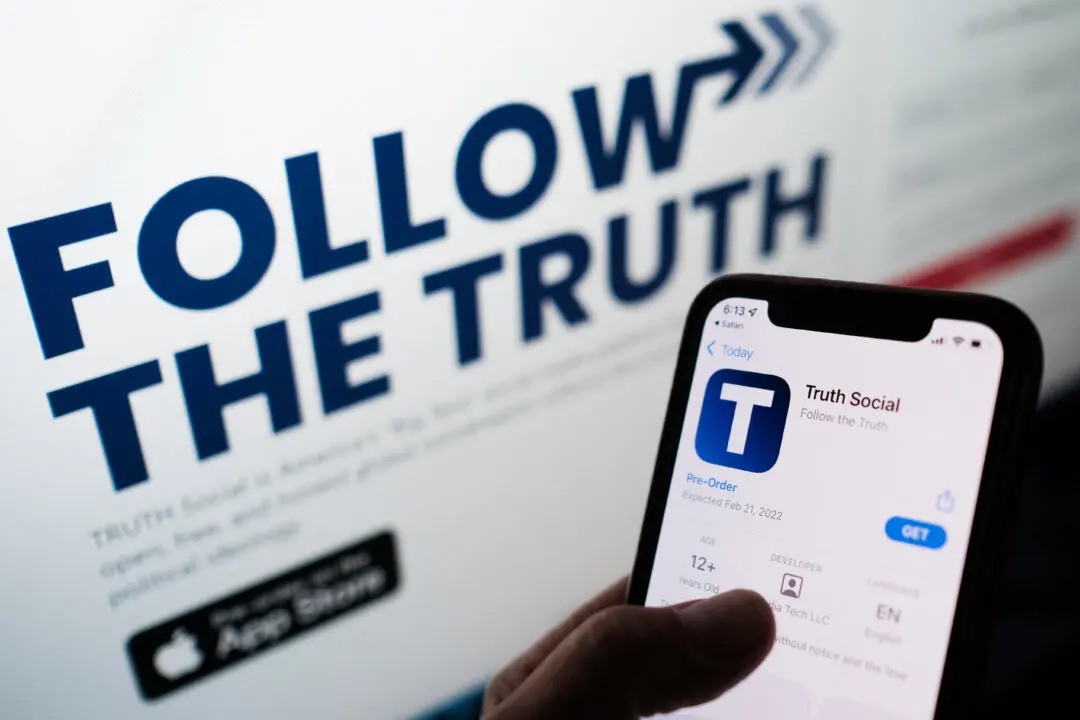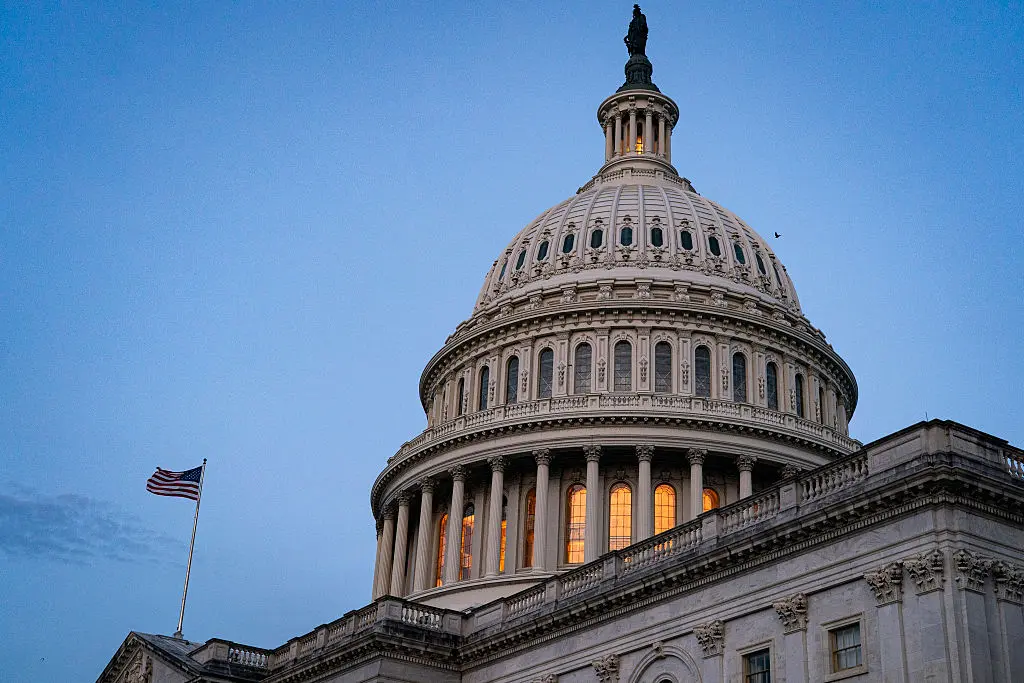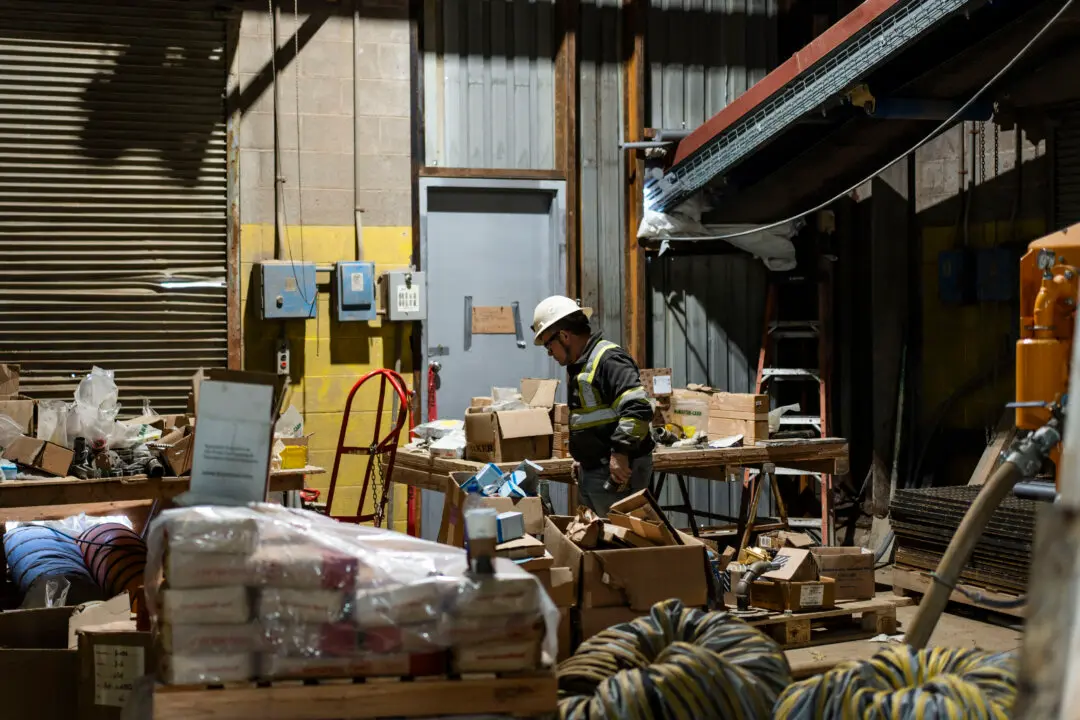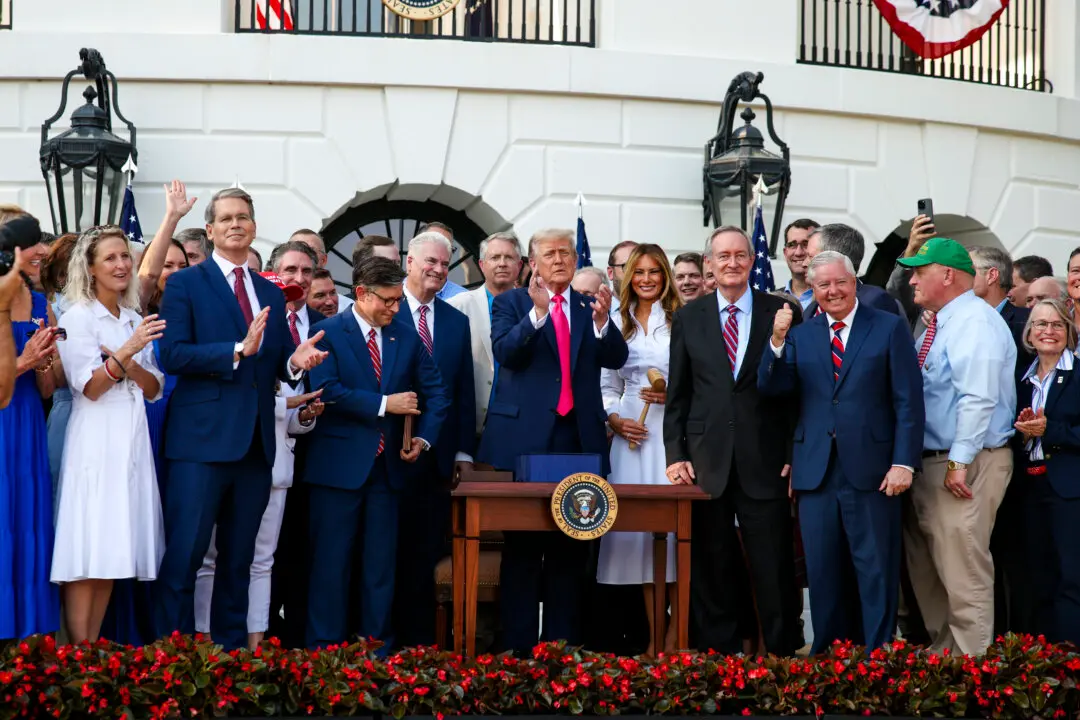Confidence among America’s small business owners dropped in March, according to the National Federation of Independent Business (NFIB), with a growing share of owners reporting that their single biggest problem was inflation.
In its monthly survey of small business sentiment, the NFIB said its Small Business Optimism Index dropped 2.4 points to 93.2 in March, the third straight month of declines in the gauge.





